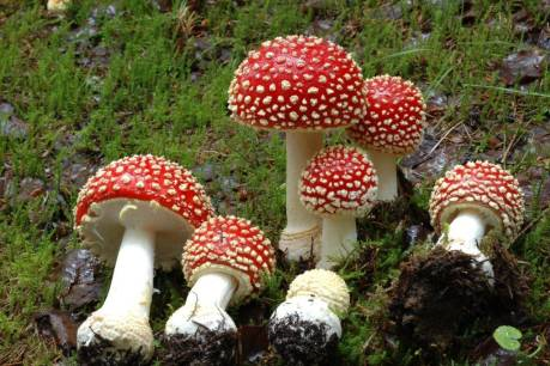The Norwegian Poison Information Centre answer questions about acute poisonings and give advice about suitable treatment in cases of poisoning. The service is available 24 hours a day, seven days a week. We serve the whole country, and take enquiries from health care professionals, as well as the public.
The main role of the Norwegian Poison Information Centre is to provide specialist expertise to health care professionals and the public on the prevention, diagnosis and management of poisoning.
The specially trained staff answer enquiries about exposure to medical products, biological toxin and chemicals, including household products, natural toxins, pesticides and industrial chemicals.
We assess whether a particular exposure is hazardous, and give information on the need for treatment and the kind of treatment that should be given.
In addition to information and counselling by telephone, the Norwegian Poison Information Centre work with surveillance, revision of advisory documentation and quality assurance thereof. Furthermore, work with poisoning prevention in the form of lectures, information brochures, web pages and social media.
Do not wait for clinical signs to occur before you call the Norwegian Poison Information Centre: 22 59 13 00. Keep the number posted in your home or on your mobile phone.
The poison experts can help you 24 hours a day, seven days a week and have information about the contents of a large range of products. In case of serious or life threatening symptoms, call 113 for help.
